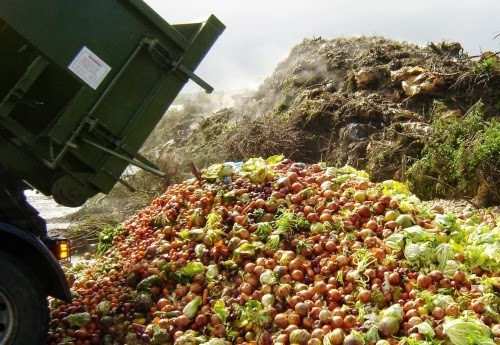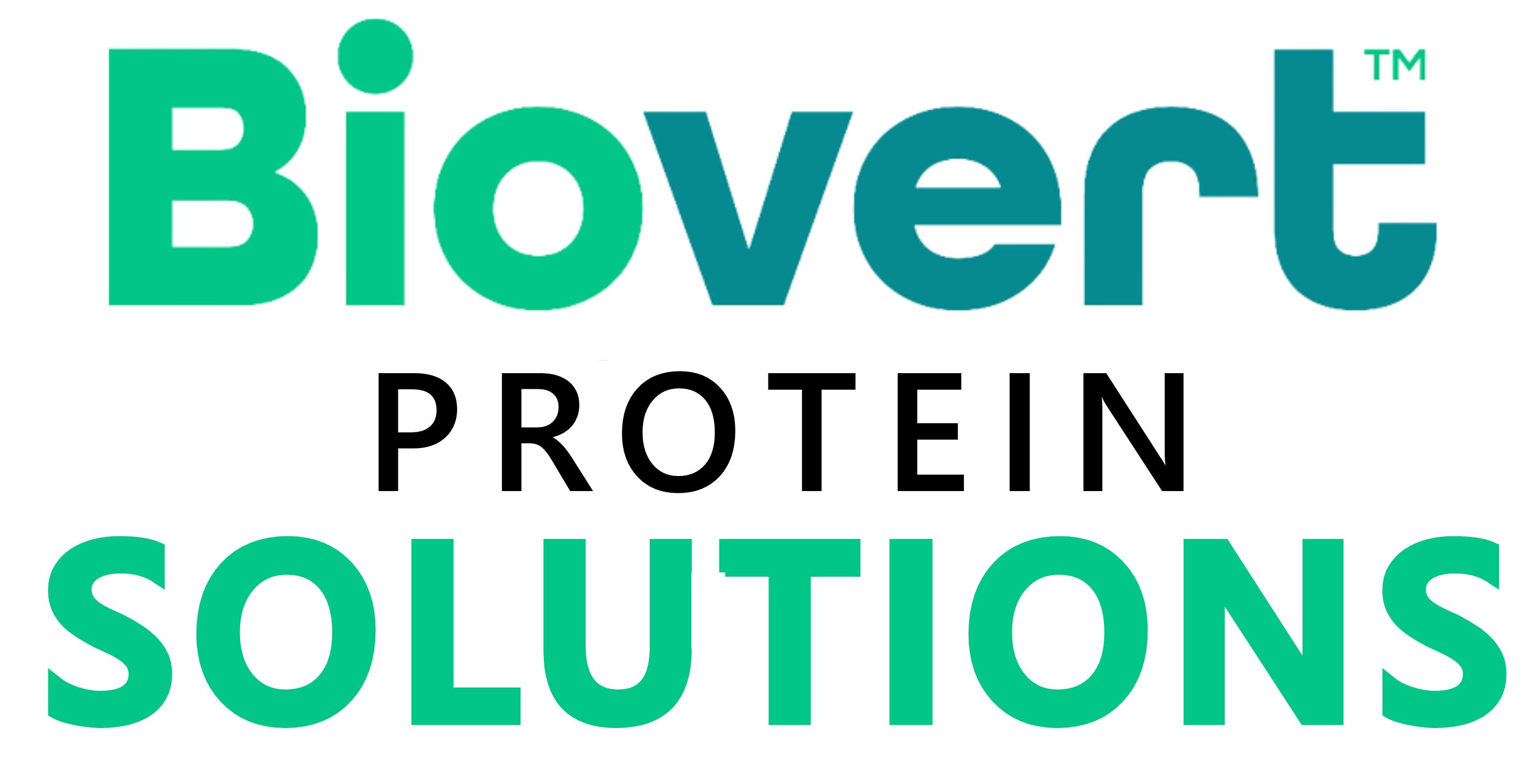by Peter Hamilton

What we often fail to realize is that the quantity of food produced is greater than the quantity of food we consume. This over production of food is “non-value added” and often results in a negative impact to our climate.
Traditional recovery technologies used for treating food waste are composting or anaerobic digestion. However, in developing countries, these technologies are hindered by limited financial resources, lack of political support, poor legislative frameworks and legal barriers, poor marketing and lack of viable business models.
In such economic situations, the easiest and quickest response to the growing amount of food waste each year is to dispose of the “excess” material into landfills.
So, what can we do to tackle this issue?
The implementation of the Target-Measure-Act approach is the means to reduce food loss and waste along the food supply chain.
Targets set ambition, and ambition motivates action. Stakeholders such as the government, companies, and business people need to set specific reduction targets.
What gets measured, gets improved. Quantifying food loss and waste can help decision makers better understand and respond to how much, where, and why food is being lost or wasted
What ultimately matters is action. Reducing food loss and waste is\ everyone’s responsibility. One noteworthy development that promises to scale up the number of food companies actively working to reduce food loss and waste, is the new 10x20x30 initiative. Through it, 10 of the world’s largest global food retailers and providers will each engage 20 of their own priority suppliers to apply the Target-Measure-Act approach to reduce their food loss and waste by 50% by 2030.
I’ll talk further about this approach in the next Blog.
See you next time and continue to stay safe and healthy.
